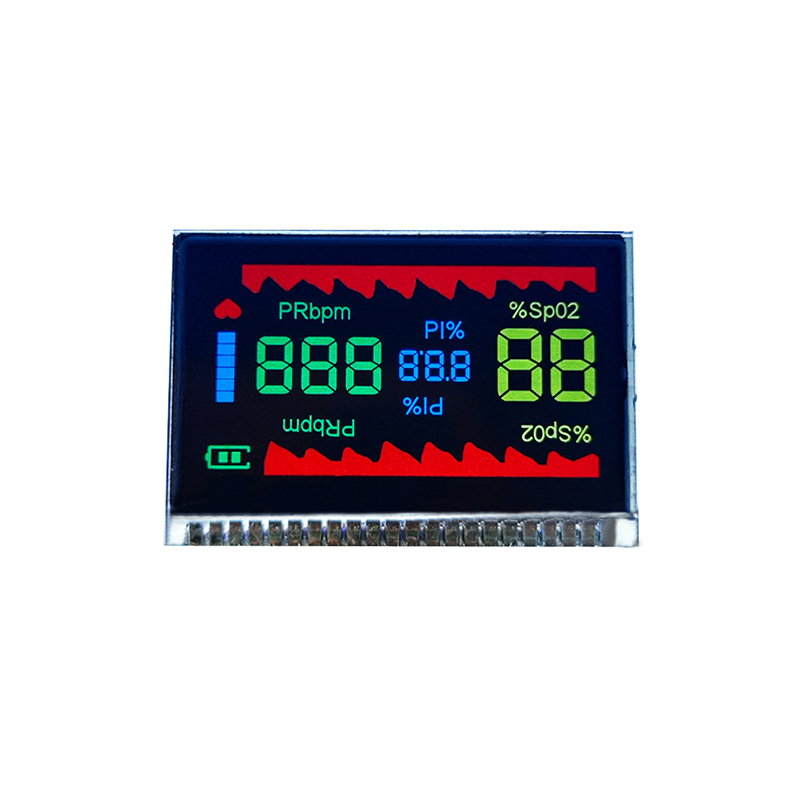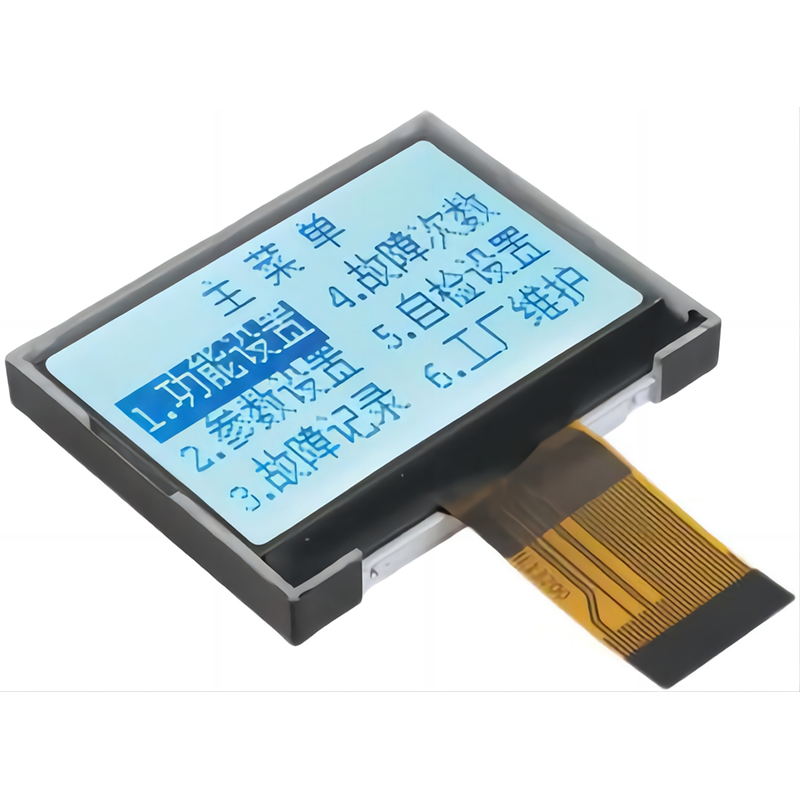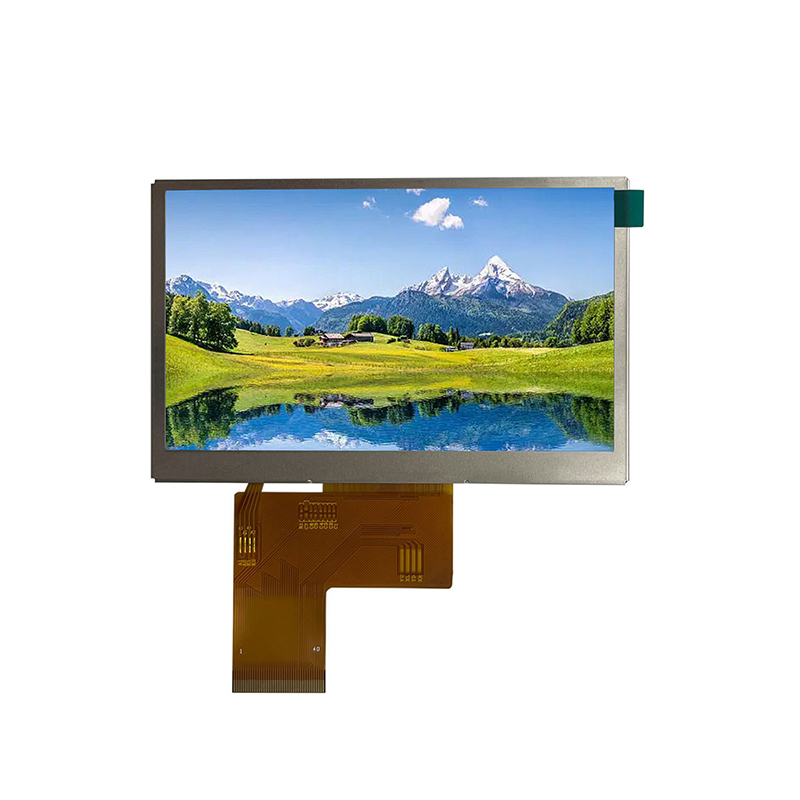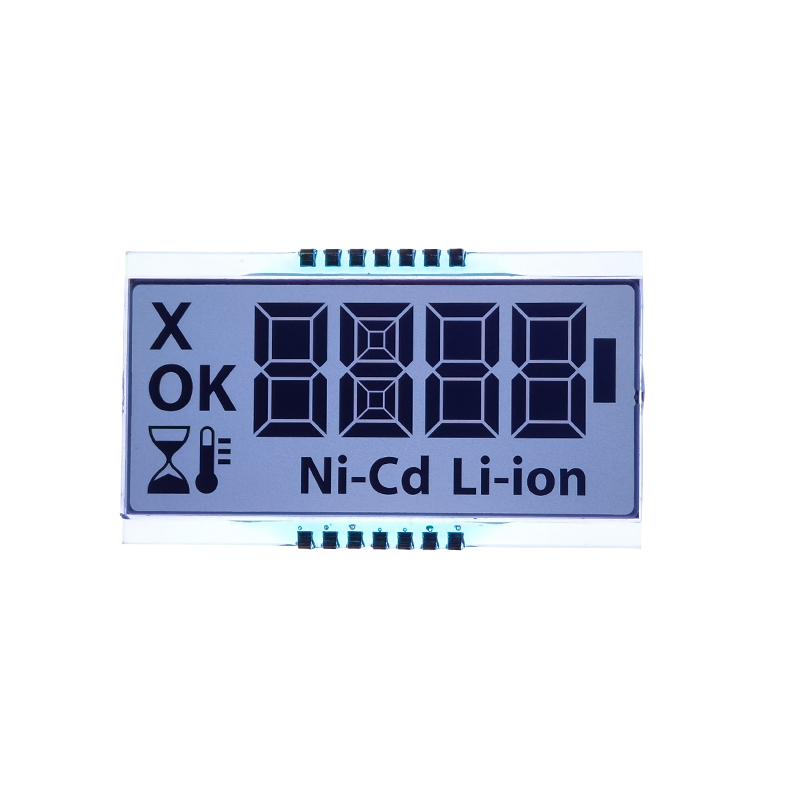
This comprehensive guide explores the exciting world of flexible TFT displays, detailing their technology, applications, advantages, and considerations for businesses and developers. Learn about different types, key features, and how to choose the right flexible TFT display for your specific needs. We'll delve into real-world examples and address common questions, providing a thorough understanding of this rapidly evolving technology.
Flexible TFT displays represent a significant advancement in display technology. Unlike traditional rigid displays, these screens utilize thin-film transistors (TFTs) built on flexible substrates like plastic or glass, allowing for curved, foldable, and even rollable designs. This flexibility opens up a myriad of innovative applications across various industries.
Several types of flexible TFT displays exist, each with its own characteristics and manufacturing processes. These include:
The key features driving the adoption of flexible TFT displays include:
Flexible TFT displays are revolutionizing consumer electronics, featuring prominently in:
The automotive sector is embracing flexible TFT displays for:
In the medical field, flexible TFT displays are used in:
Selecting the appropriate flexible TFT display depends on various factors, including:
Flexible TFT displays are transforming multiple industries, offering unprecedented design flexibility and user experiences. Understanding the various types, applications, and selection criteria is crucial for leveraging the full potential of this innovative technology. For high-quality flexible TFT displays and expert consultation, consider exploring the advanced capabilities of Dalian Eastern Display Co., Ltd., a leader in the display manufacturing sector.
| Feature | AMOLED | Flexible LCD |
|---|---|---|
| Color Vibrancy | Excellent | Good |
| Contrast Ratio | High | Moderate |
| Power Consumption | Lower | Higher |
| Cost | Higher | Lower |
1 Data compiled from various manufacturer specifications and industry reports.












